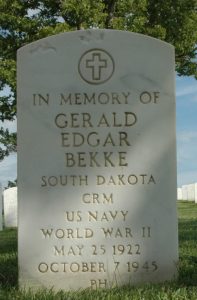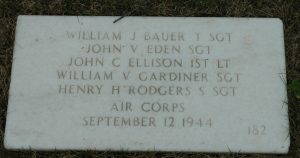Travis Eugene Minor, age 20, from Columbia County Arkansas.
Service era: Korea
Date of death: Thursday, November 30, 1950
Death details: By mid-November 1950, U.S. and Allied forces had advanced to within approximately sixty miles of the Yalu River, the border between North Korea and China. On November 25, approximately 300,000 Chinese Communist Forces (CCF) “volunteers” suddenly and fiercely counterattacked after crossing the Yalu. The 2nd Infantry Division, located the farthest north of units at the Chongchon River, could not halt the CCF advance and was ordered to withdraw to defensive positions at Sunchon in the South Pyongan province of North Korea. As the division pulled back from Kunu-ri toward Sunchon, it conducted an intense rearguard action while fighting to break through well-defended roadblocks set up by CCF infiltrators. The withdrawal was not complete until December 1, and the 2nd Infantry Division suffered extremely heavy casualties in the process. Private First Class Travis Eugene Minor, who joined the U.S. Army from Arkansas, served with Headquarters and Headquarters Services Company, 2nd Engineer Combat Battalion, 2nd Infantry Division. He was killed in action on November 30, 1950, during his unit’s attempt to fight through a heavily defended enemy roadblock near Kunu-ri, North Korea, as part of their withdrawal. His remains were not among those that have been returned since the ceasefire, and he is still unaccounted-for. Today, Private First Class Minor is memorialized on the Courts of the Missing at the National Memorial Cemetery of the Pacific.
Source: National Archives, Defense POW/MIA Accounting Agency, Baxter Bulletin (1999)



